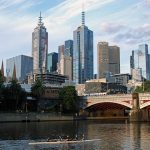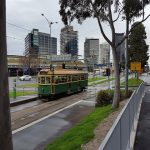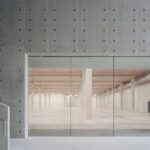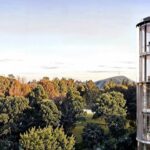Victoria unveils 'Activity Centres' to boost connectivity
The Victorian Government has unveiled the next phase of its ambitious Activity Centres Program, announcing the locations of the next 25 ‘Train and Tram Zone’ Activity Centres.
These centres will contribute to the state’s goal of delivering more than 300,000 additional homes close to transport, jobs, and essential services by 2051.
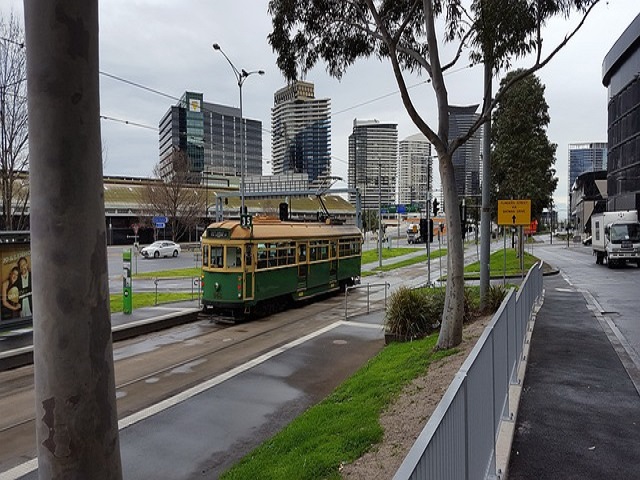
GALLERY
This expansion builds on the success of the initial 10 pilot Activity Centres, which are designed to encourage higher-density, mixed-use developments while maintaining liveable neighbourhoods. The program aims to create walkable, well-connected communities with open spaces, affordable housing, and vital community infrastructure.
Senior Lecturer Katherine Sundermann from Monash Art, Design and Architecture (MADA) supports the initiative’s broad objectives but highlights the need for a more comprehensive planning approach. “The aims of the Activity Centres Program are sound in supporting more people to live close to public transport, jobs, shops and social networks,” she said.
She noted that refining the scope of the upzoned areas within the 10 pilot locations has improved their alignment with walkable distances. However, as the government moves forward with the full-scale rollout of 60 Activity Centres across Melbourne, Sundermann stresses the importance of getting the process right.
“The current process requires more planning to respond to the specifics of each place, and ensure that we also consider the factors that make these places liveable through new parks, upgrades to streets, new libraries and schools, affordable housing, and places to work and shop,” she explained.
While increasing housing supply is a critical focus, she warns against overlooking the quality of life for future residents. “In being so focused on housing, we can’t forget that people will be living there who need access to open space, jobs, and services for a healthy and productive life.”
Sundermann also advocates for greater local involvement in the planning process. “The process needs to evolve to give more agency to local councils and residents. In NSW, councils have been given time and money to create these plans themselves, and residents can give feedback on three options for transformation, like in Ku-ring-gai.”
As Victoria moves ahead with its long-term urban strategy, ensuring that new developments are not just high-density but also high-quality will be key to fostering thriving and resilient communities.
Powerhouse Castle Hill has emerged as a vital hub for the Powerhouse Collection, supporting research, conservation, and public ...
Construction is set to begin on a six-storey office development in Canberra’s tightly held Barton precinct, as ACT-based ...
Ho Khue Architects has completed Saha Casa Boutique, a sculptural five-storey hotel in Da Nang that reinterprets the ...
